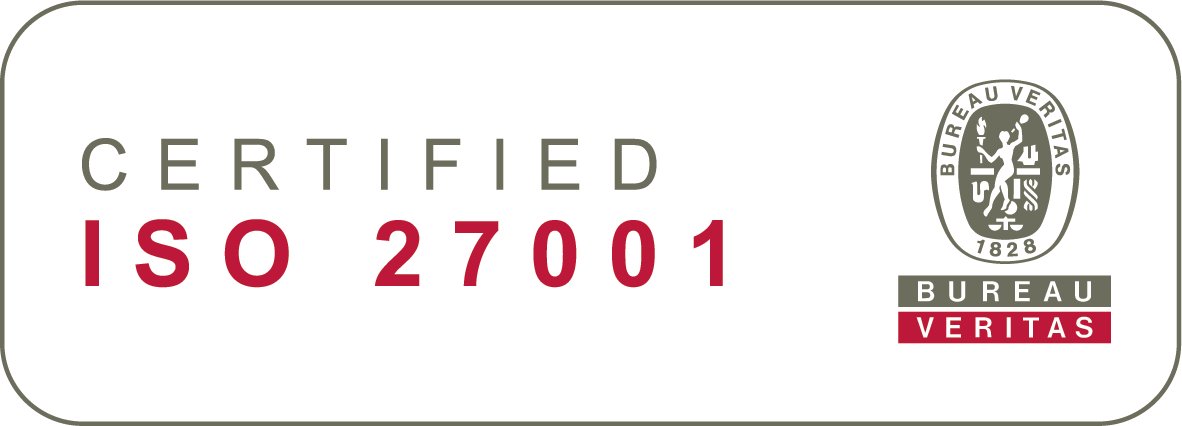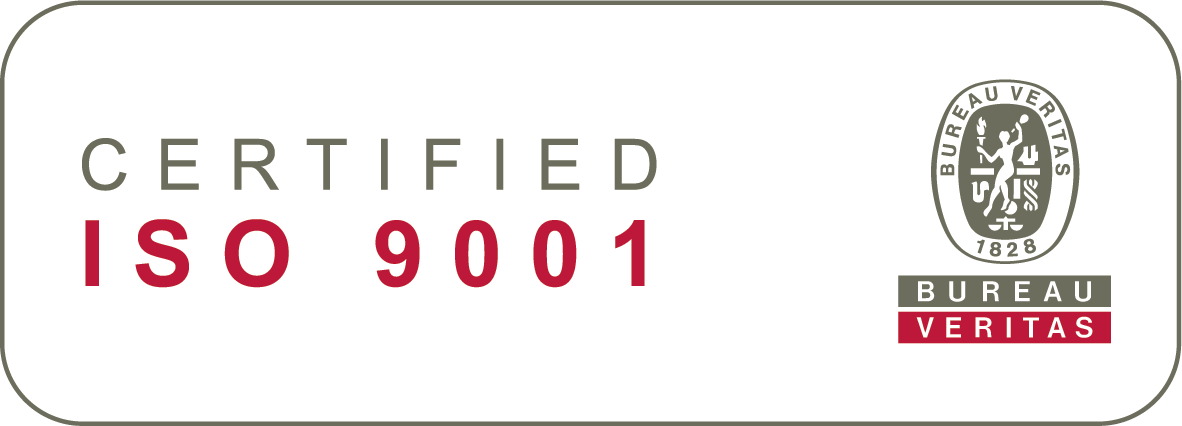In today's fast-paced world of work, continuous learning is not just an asset but a necessity. HR professionals lead the charge when it comes to learning organisations, as they are tasked with crafting effective learning programs that align with strategic business goals and empower employees to grow. With this in mind, we’ve created this tactical blueprint to guide you in creating impactful learning programs that deliver results.
Aligning employee growth with business goals
The first step is always to align learning objectives with your company's strategic aims. It’s crucial to identify the skills gaps that could impede business objectives and prioritise learning initiatives that bridge these gaps effectively. This alignment ensures that every training effort pushes the organisation closer to its goals. So, if you are not intimately familiar with business priorities and tactical roadmap of your business, now’s the time to dig deeper.
Strategically prioritising training initiatives
Once the business need becomes clear, utilise competency mapping to pinpoint the specific skills and behaviours critical for each role. Once this is done, take this information and zoom out from the employee to the department and the workforce as a whole. Where can training make the most difference to the overall business?
300 uniquely tailored learning and development paths may deliver results – but can you build standardised training that impacts the capabilities of dozens, or hundreds of employees across the business? Prioritise training needs first before you execute.
Streamlining learning with smart tools – and smarter processes
If anything, there are too many learning tools out there today, but there is one that is essential for learning and development management – the HR system. Training management data like course completions (online and offline) and handling certifications may be handled in separate systems, but combining that information through integrations in one central place cuts down on mountains of admin.
Your HR system can also directly integrate with platforms like Learning Management Systems (LMS) so employees can own their own learning journeys, completing tasks on their own schedule and providing this information to managers and HR who can monitor and support their progress. Add competence management tooling, and you have the whole training program process handled in one place.
Mastering training delivery: from digital to physical
The way you deliver training can make or break its effectiveness. Consider the below options and choose the ones that best fit your company structure and workforce needs:
- Face-to-face training: perfect for practical skills and team bonding. Keep it lively and interactive.
- Hybrid learning: marries the flexibility of online with the personal touch of face-to-face training. Great when paired with coaching.
- Online modules: convenience meets scale. Engage with compelling content and interactive tech.
- Self-led learning resources: empower learners to advance at their own pace with diverse materials that cater to all learning styles.
Empowering Managers as Effective Learning Champions
Managers are the secret weapon in your training arsenal. With manager buy-in, HR no longer needs to chase every employee and ensure they complete their assigned training. Engaged managers will not only do this for you, they will also be motivated to keep their teams armed with the skills and training they need to do their jobs well when they see the impact training has on results.
Regular career development discussions can also increase the potency of the learning journey for each employee, so build bridges with management when you can.
Measuring Success: the proof Is in the productivity
Finally, quantify the impact of your training programs with clear, actionable metrics. Look beyond completion rates to real-world applications of new skills and their effect on productivity. Continuous analysis and adjustment based on these metrics ensure your training programs evolve to meet changing needs and challenges.
Conclusion
Developing effective learning programs in today’s dynamic business landscape requires a strategic, focused approach. By ensuring alignment with business objectives, leveraging cutting-edge tools, and engaging key stakeholders, HR can lead the charge in building a culture of continuous learning and development. This not only propels the organisation forward but also fosters a workforce that is skilled, satisfied, and ready to tackle the challenges of tomorrow.


